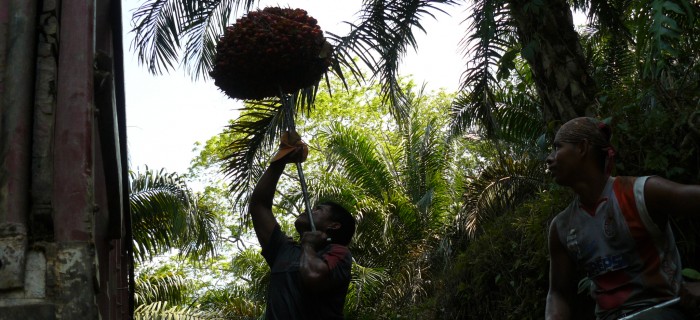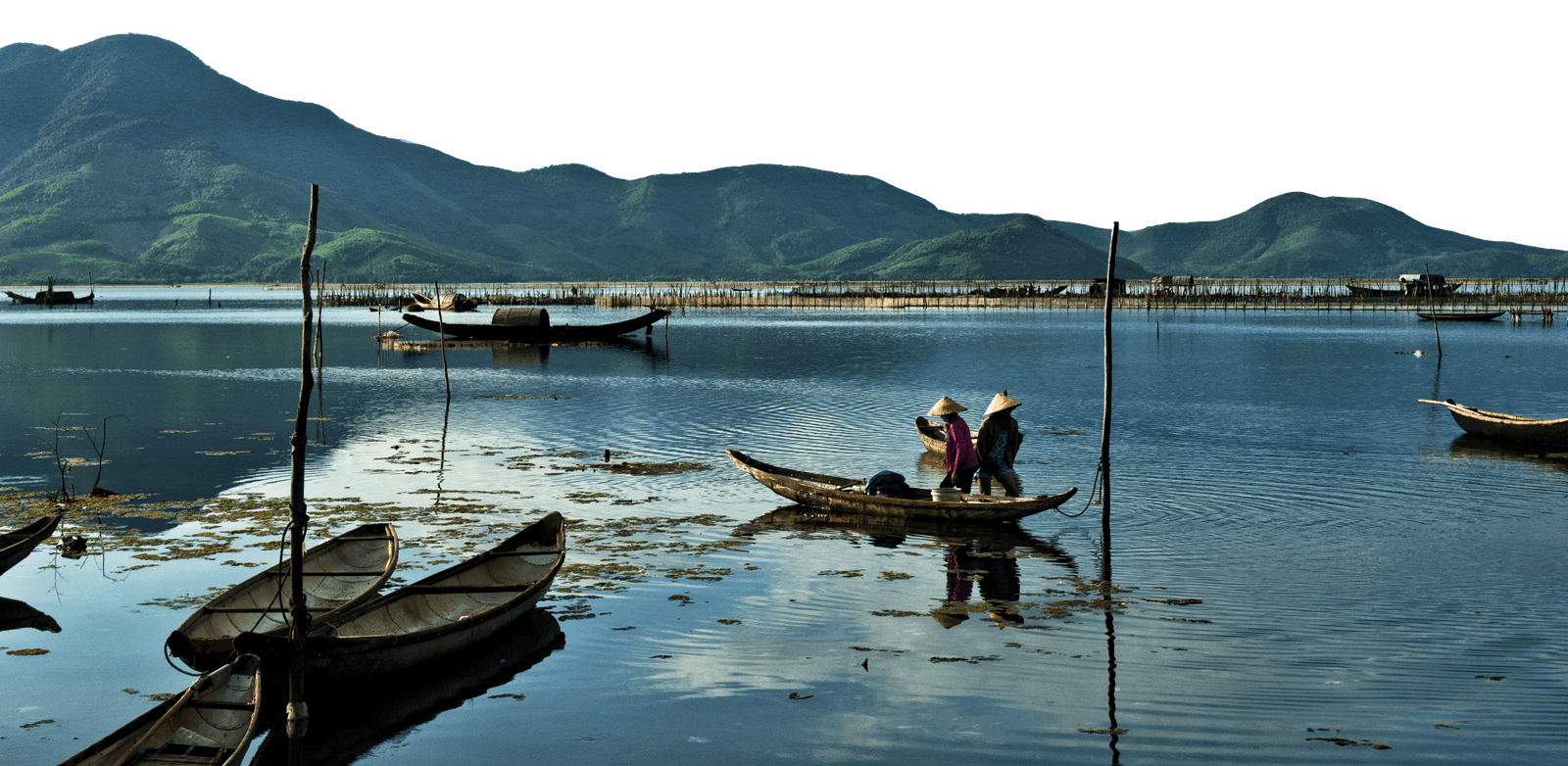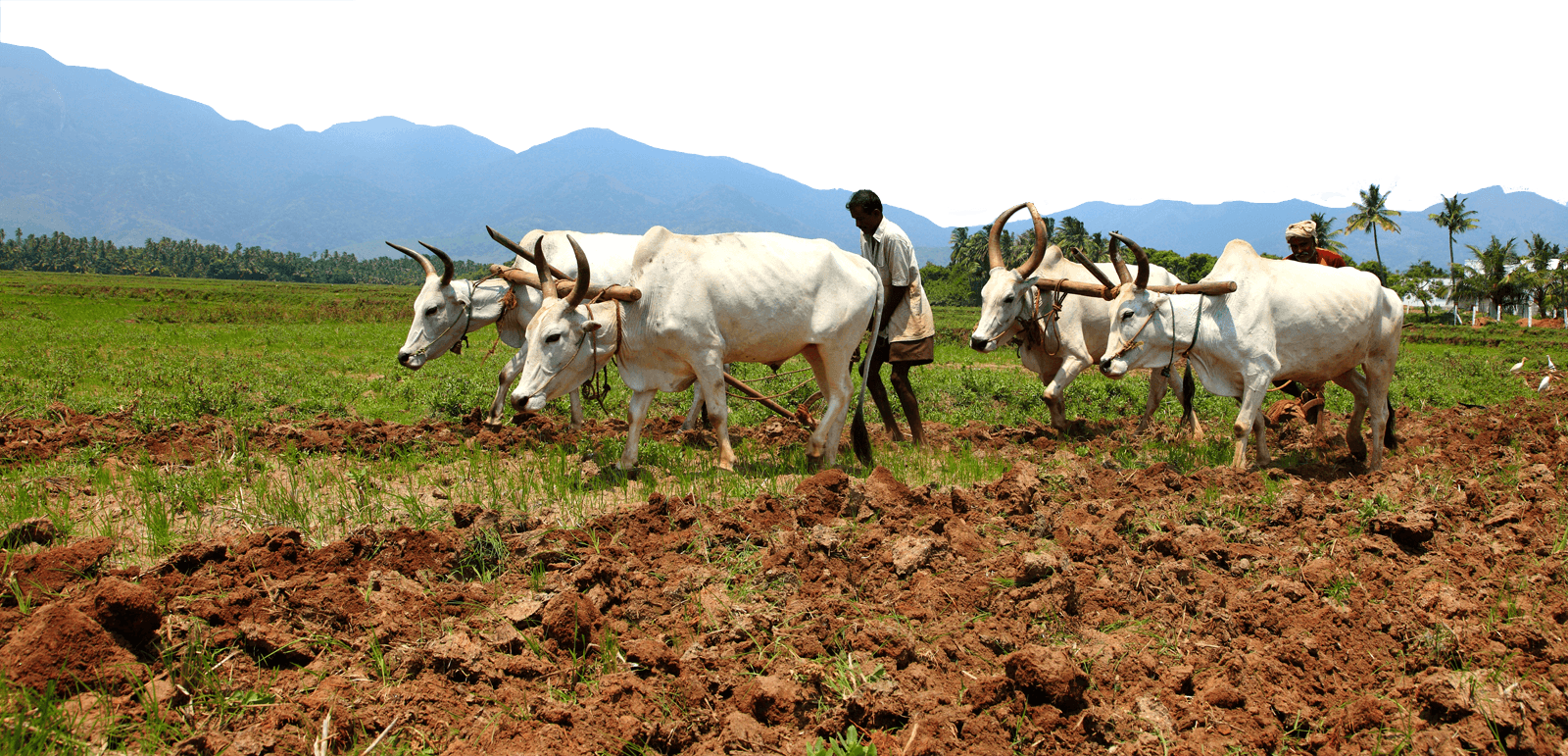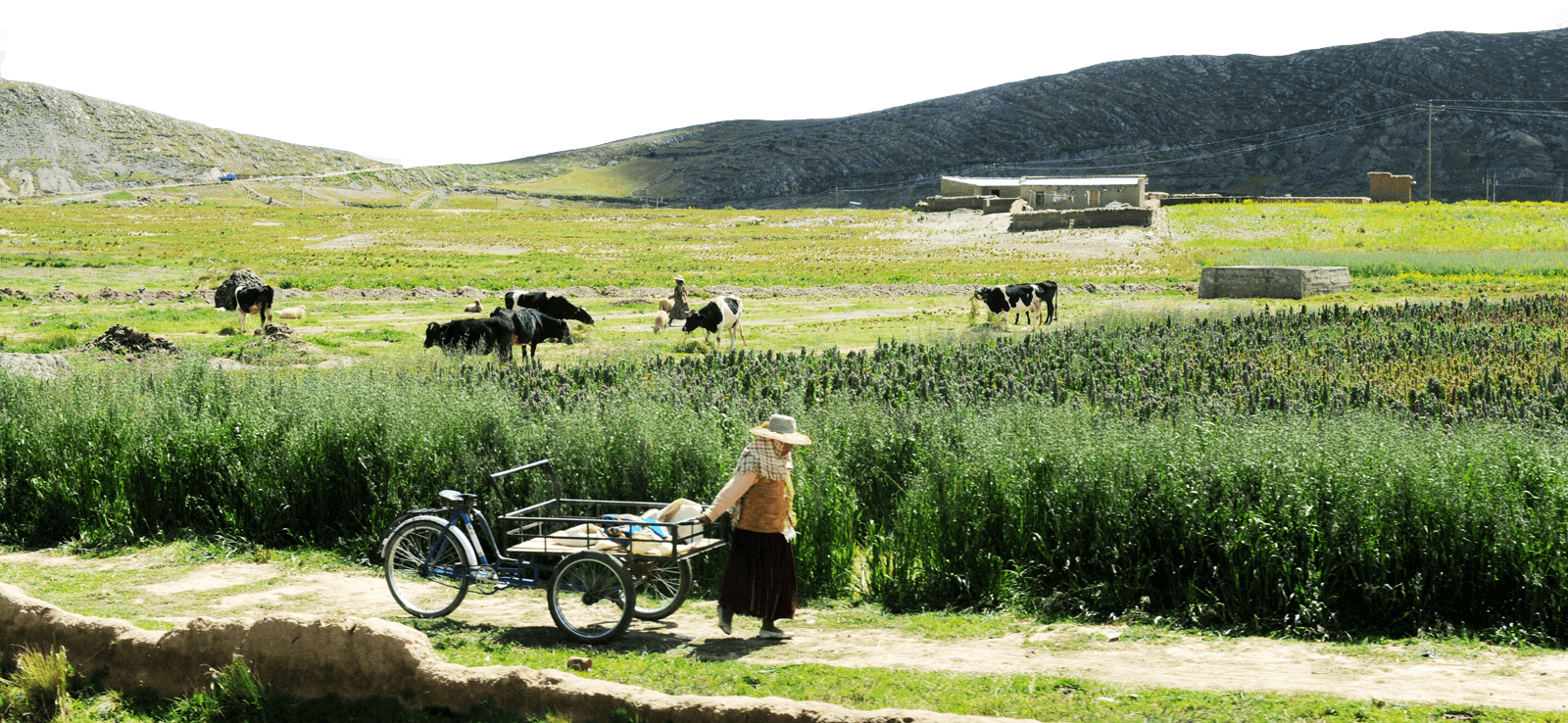Land Grabs Versus Land Sovereignty
Food First Backgrounder, Winter 2012-2013, Vol. 18, No. 4
The ‘global land rush’ is grabbing headlines. While media coverage has focused on the role of hedge funds, retirement funds, sovereign wealth and ‘new colonialist’ purchases of vast tracts of land in Africa and Asia, academic research is uncovering a broader pattern. As global land values increase, land ownership is becoming increasingly concentrated, even where there have been few reports of land grabbing. Researchers are uncovering patterns of dispossession that are even deeper, wider and potentially more devastating for rural local communities than is generally acknowledged.
Land sovereignty is the right of communities and peoples to sustainable, land-based livelihoods; their right to have a democratic say in its use and an equitable share in the benefits of the land where they live.
Land deals are occurring in areas of longstanding inequity, racism and conflict. They involve real estate speculation, mining, agro-fuels, industrial forestry and ‘flex crop’ production for export, often led by local elites and regional companies. Global institutional investors view agricultural land as an $8.4 trillion market (of which they now own an estimated $30-40 billion). Land grabbers often claim they are working to solve the world’s food, fuel and climate problems. The World Bank and the FAO assert that these “large-scale land acquisitions” are needed for agricultural investment. But none of the estimated 83 million hectares4 grabbed since global food prices spiked in 2007 are being driven by concerns for the livelihoods and needs of the people actually living on the land being grabbed.
What’s Driving Land Grabs?
Land, while viewed by the market as a tradable commodity, is the social space where economic and community decisions are made. It is the place of neighborhood, culture and livelihoods. For indigenous peoples, it is their territory. It is home. Why are hundreds of thousands of people around the world being driven from their land? The proximate causes of land grabs— the ones that make media headlines— all cite global scarcities of food, fuel and water as drivers for the global land rush. But this assumes scarcity to be a “natural” consequence of “overpopulation.” It does not explain how scarcity is produced through inequitable economic growth (leading to hunger during record harvests, for example), or who benefits from scarcity. Nor does this explain how land grabs actually happen, why they only happen to poor and marginalized communities, or why they are often facilitated by public institutions.
Land grabs are a quick fix for an age-old financial problem that has taken on global proportions: the crisis of “over-accumulation.” In a recession, purchasing power is reduced because of unemployment and underemployment. Goods pile up unsold. Banks fill with cash because there are no attractive outlets for productive investment. Money loses value and real interest rates drop. Then land—rural and urban—is a good refuge for excess capital. There is no point in holding wealth as money (which is losing value) when one can hold wealth in land, which (theoretically) will gain in value. Investors buy land at low prices, then sell high when the recession is over. This has led to a rush of speculative land purchases. Contrary to widespread perceptions, land grabs do not just involve wide swaths of rangeland in sub-Saharan Africa or massive palm oil, soy and sugar cane plantations in Asia and Latin America. The trend is also occurring in the former Soviet Union, the Global North and in urban areas. And foreigners, and local elites alike are jumping on the land grab bandwagon.


 Help Food First to continue growing an informed, transformative, and flourishing food movement.
Help Food First to continue growing an informed, transformative, and flourishing food movement.




